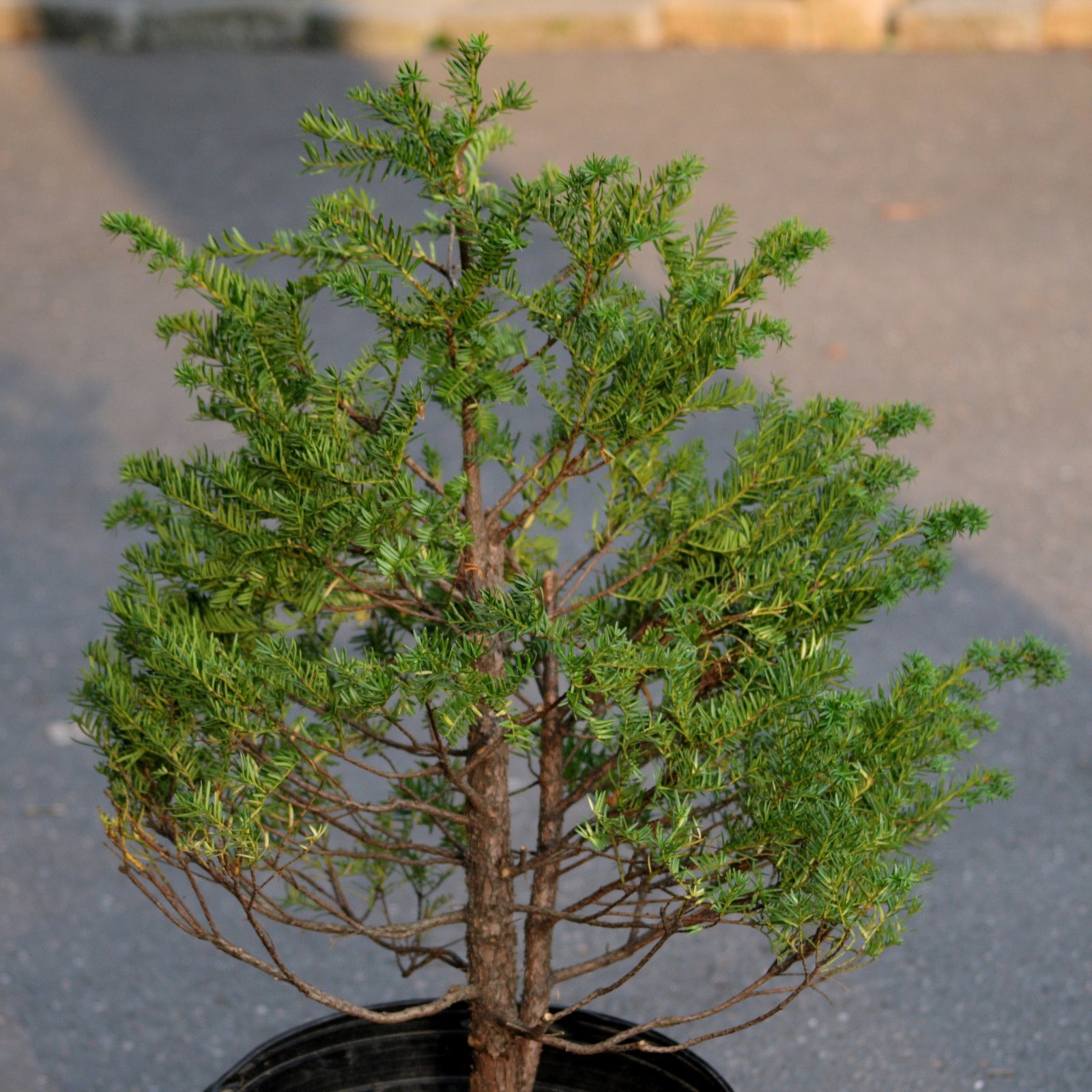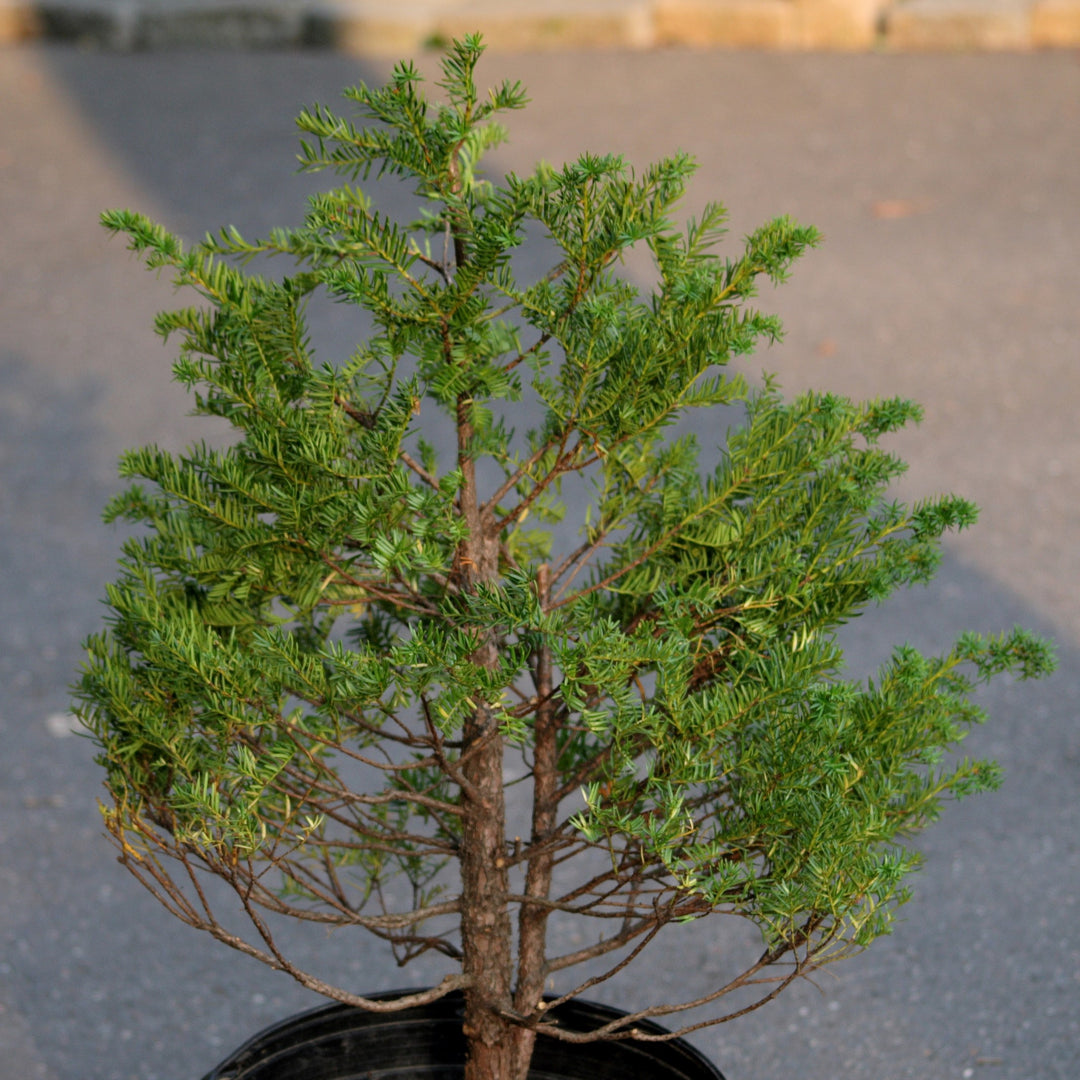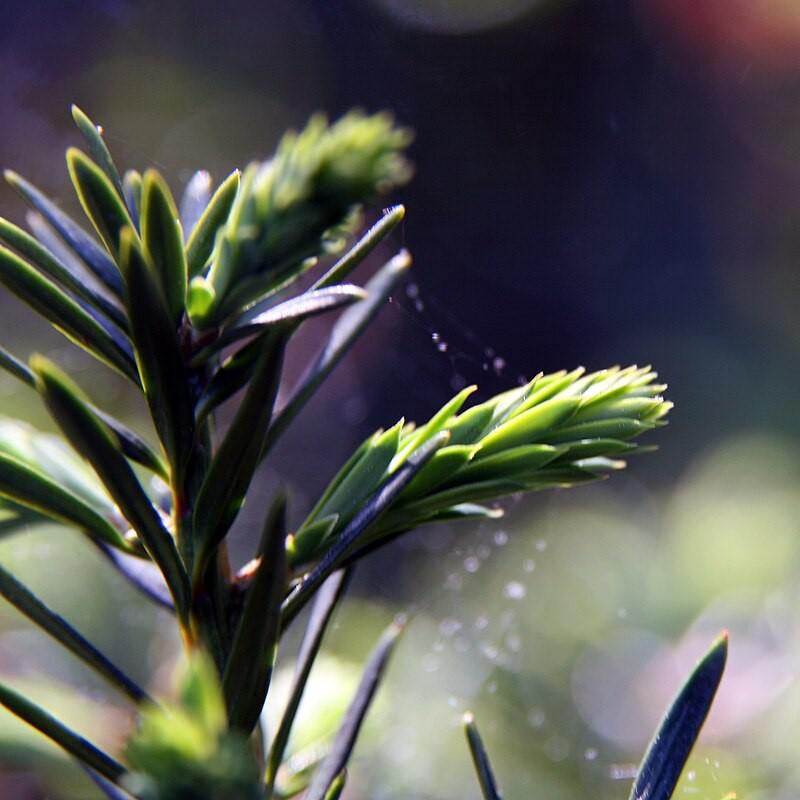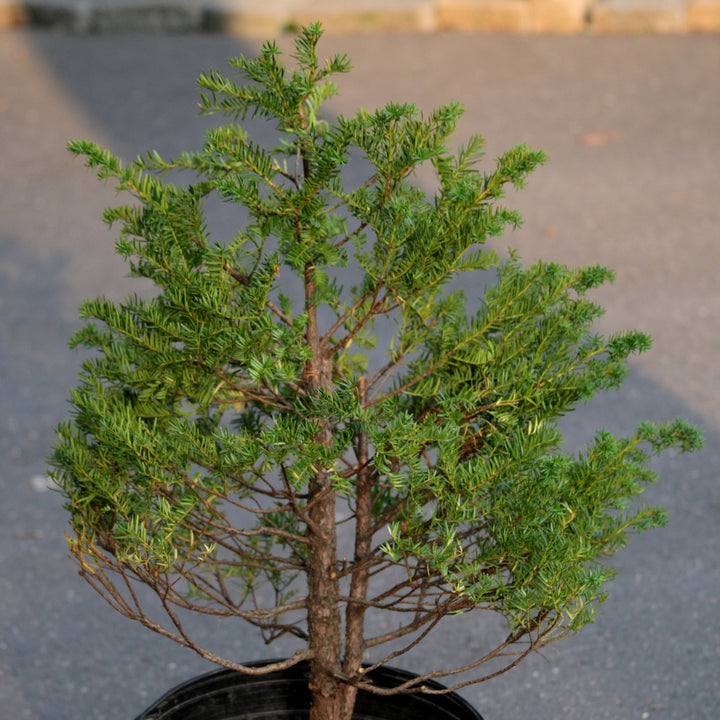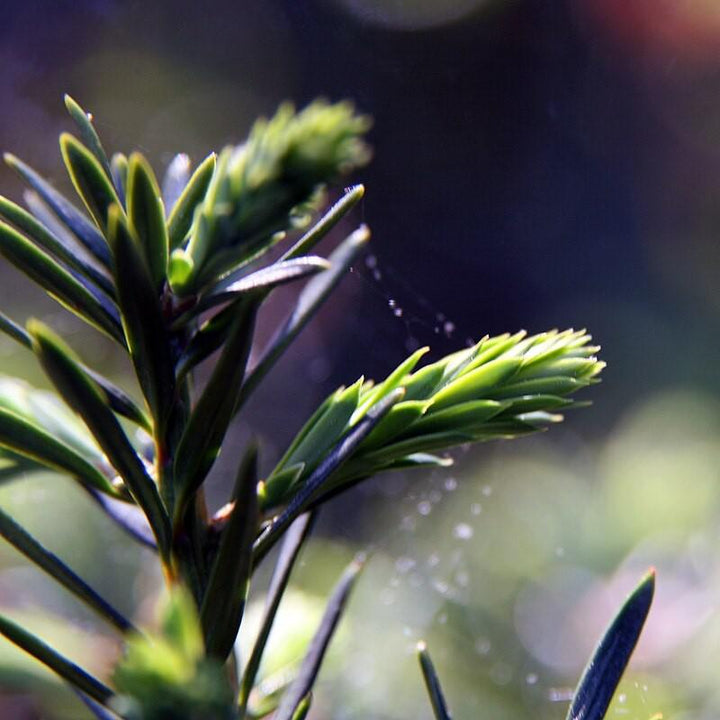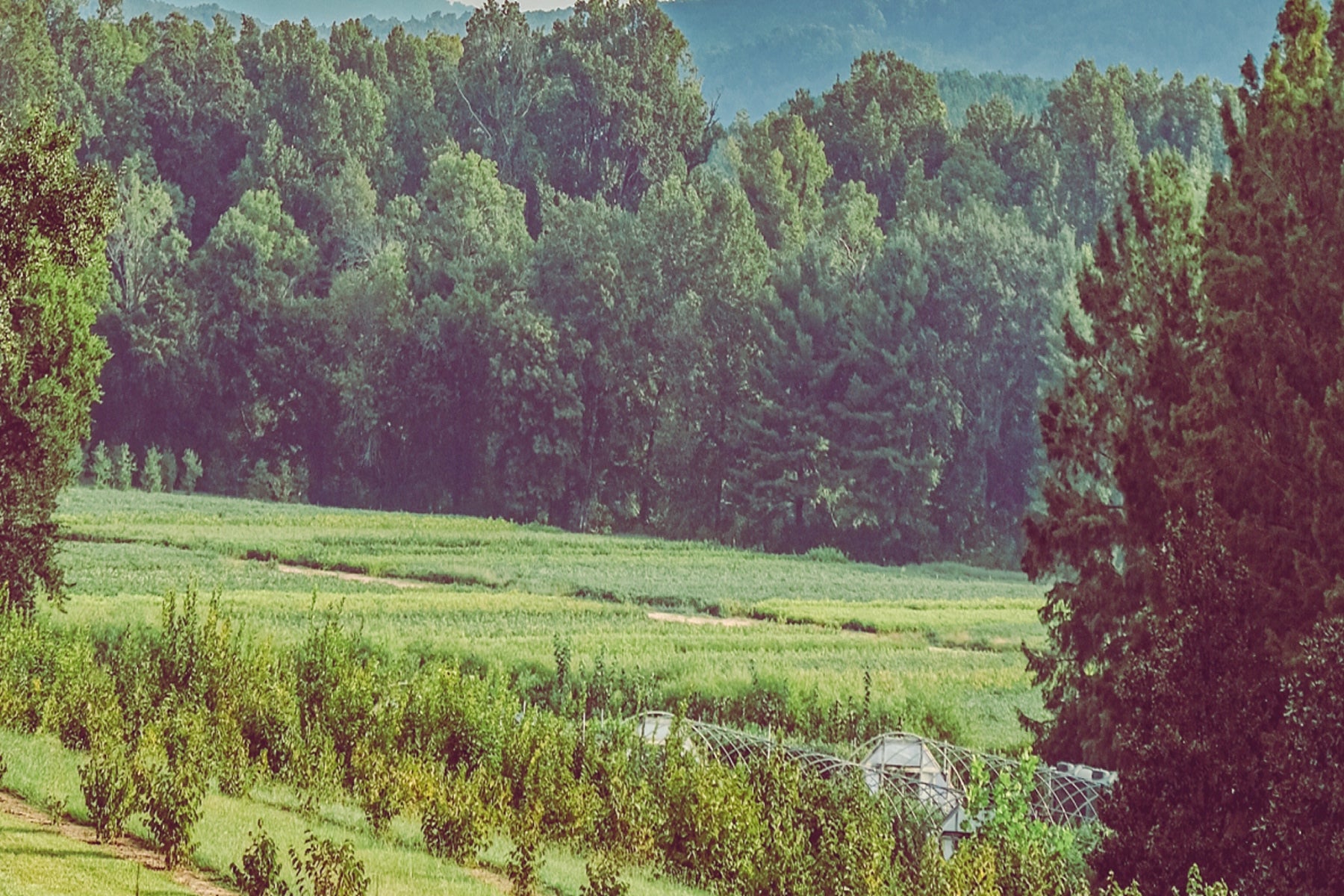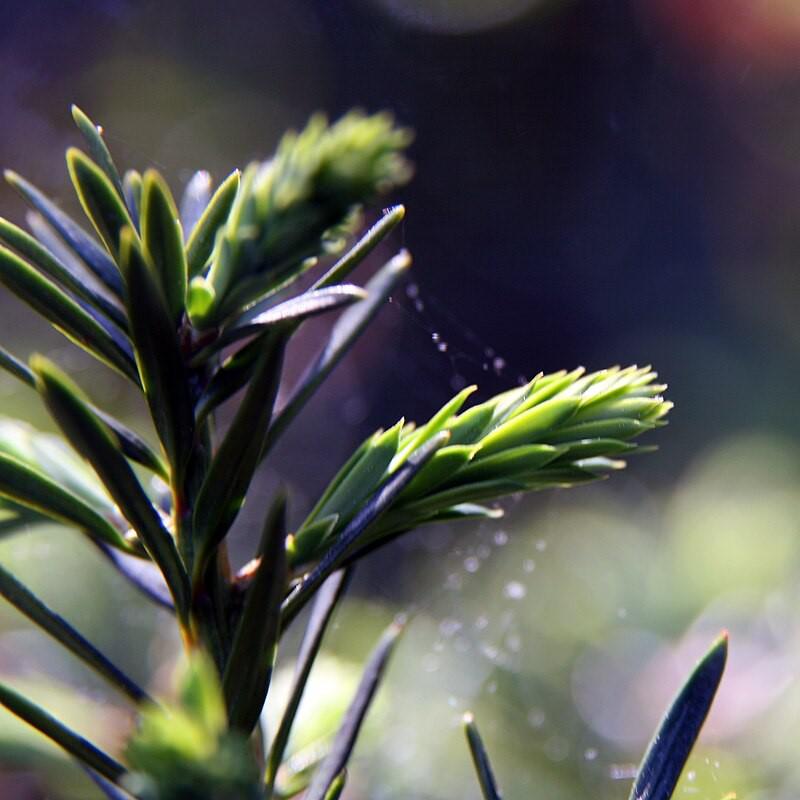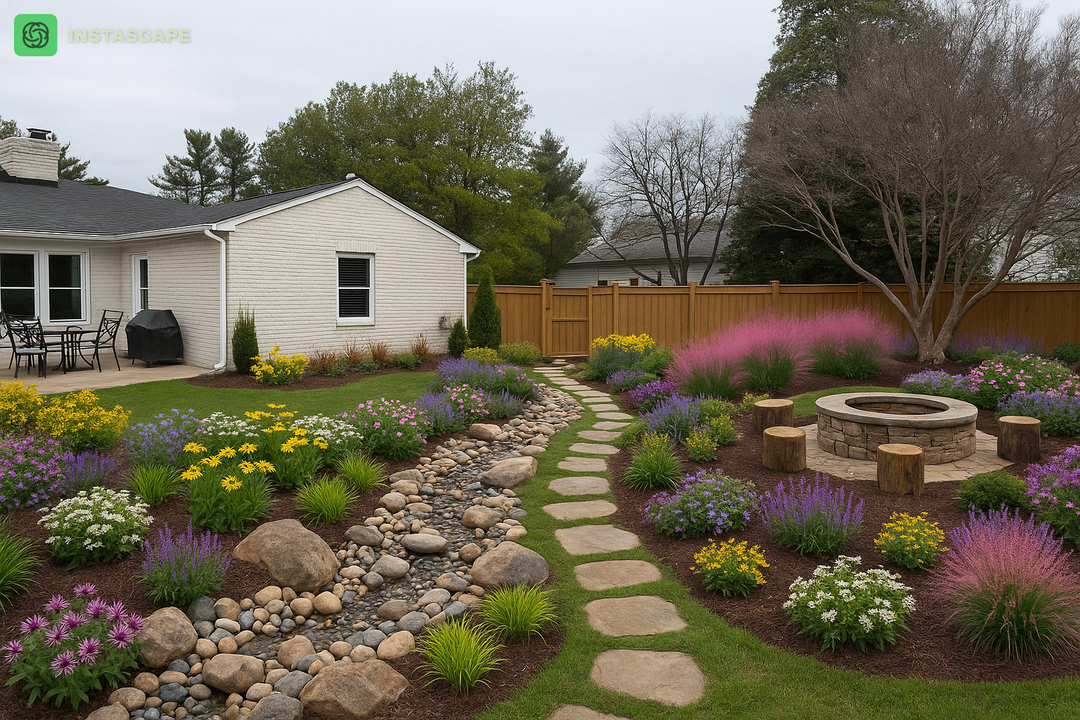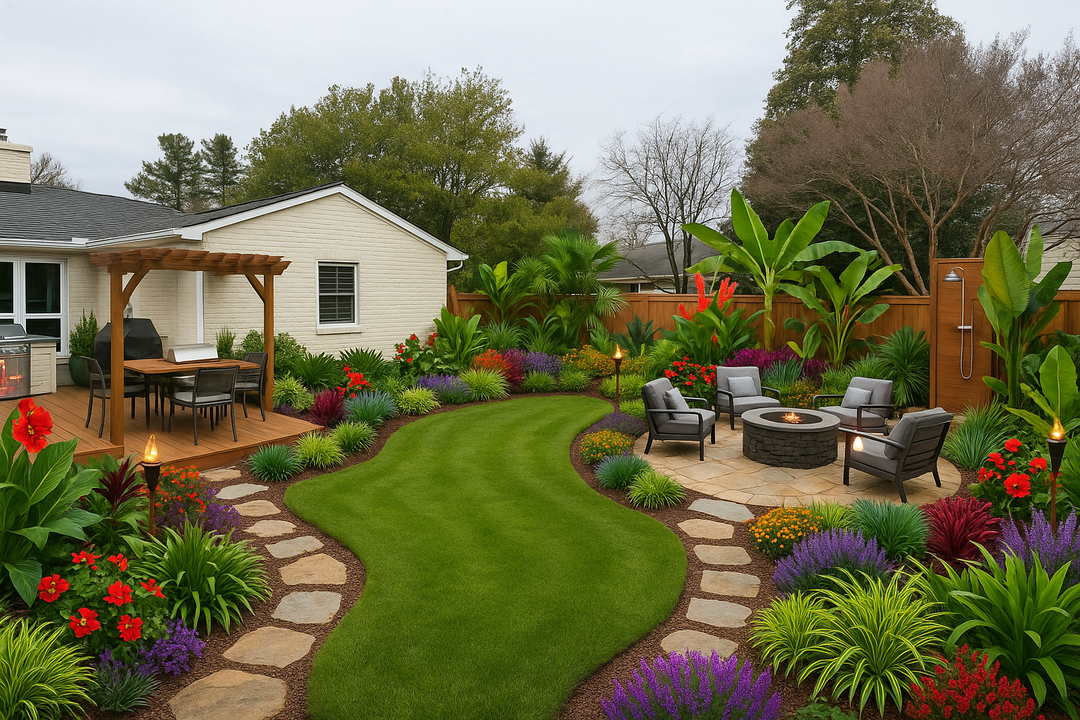Capitata Japanese Yew is a dense slow-growing evergreen tree with an upright pyramidal habit and dark green needles that holds its color in winter. Fleshy red berries are produced in fall if pollinated. Best planted in moist and well-drained soils. Capitata tolerates heavy shade, heavy pruning, and urban pollution
|
Type: |
Tree |
|
Height: |
25' - 40' |
|
Spread: |
25’ - 35' |
|
Spacing: |
30’ |
|
USDA Hardiness Zone: |
4 - 7 |
|
Culture: |
Full Sun, Part Sun |
|
Bloom Color: |
N/A |
|
Season of Interest: |
Year-Round |
MAINTENANCE NEEDS: Low Maintenance. Susceptible to winter burn, especially when planted in unprotected areas. Twig and needle blight may be a problem, as well as mealybugs, mites, and scale in some areas. Rot rot may occur in poorly drained soils.
LANDSCAPE USES: Accents or Group Plantings, Borders, Woodland Gardens, Hedges, Foundation Plantings, and Containers.
COMPANION PLANTS: Barberry, Liliac, Viburnum
IMAGES: Sage Ross, Japanese Yew, (2) Photo by David J. Stang, Taxus cuspidata Capitata 0zz, CC BY-SA 4.0
*As plants have ranges in appearance they may not appear as the images shown
